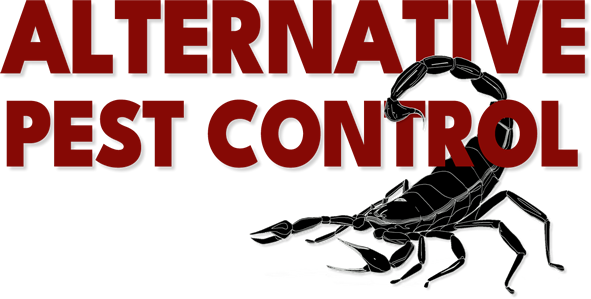How Do Pests Get Into My New Braunfels Home?

No matter how clean and well-maintained your home may be, pests have a knack for finding their way inside. New Braunfels residents can face pest invasions from fire ants, spiders, scorpions and more.
Understanding how these unwelcome guests make their way into your living spaces is crucial for effective pest prevention and maintaining a healthy environment. Here’s a breakdown of the common entry points and reasons pests might be turning your home into their new habitat.
Cracks and Crevice: The Highways for Pests
One of the most common ways pests enter homes is through cracks and crevices in walls, floors, and foundations. Even the smallest gap can serve as a doorway for insects like ants, spiders, and cockroaches. It’s essential to regularly inspect the exterior of your home and seal any openings with caulk or another appropriate sealant. Pay special attention to areas where utility pipes enter, as these can often be overlooked.
Doors and Windows: Open Invitations
Doors and windows that are not properly sealed are inviting pests into your home. Check for gaps and loose weather stripping around these entry points. Over time, the seals around doors and windows can wear down, so replacing them periodically is a good practice. Additionally, installing screens on windows and doors can prevent flying insects from entering when windows are open for ventilation.
Attic and Roof Vents: The Upper Entry
Attics are particularly vulnerable to pest invasions, especially from rodents and bats, who may enter through roof vents or under eaves. Ensuring these areas are securely screened can drastically reduce the chances of pests making your attic their home. Regularly inspect these points for damage or gaps and repair them promptly.
Moisture: A Pest Magnet
Many pests are attracted to moisture and can detect even the smallest amount of water from a great distance. Leaky pipes, clogged drains, and accumulated condensation can all attract pests like silverfish, centipedes, and even termites. Keeping your home dry with proper ventilation, fixing leaks immediately, and ensuring good drainage around your foundation can help keep it pest-free.
Hitchhiking Pests: Unseen Stowaways
Sometimes pests come into your home on something else. This could be as obvious as a cardboard box used in moving or as subtle as a grocery bag. Insects like bed bugs can also travel on luggage and clothing. To mitigate this, inspect any items for signs of pests before bringing them inside your home.
Landscaping: The Bridge to Your Home
Overgrown vegetation touching your home can provide a bridge for pests to enter. Trimming bushes, shrubs, and tree branches away from your home not only improves the aesthetic but also removes a direct path for pests. Additionally, maintaining a clean and tidy yard reduces the likelihood of pests nesting near your home and eventually moving inside.
Prevention is Key
Understanding and managing these entry points can significantly reduce the likelihood of a pest infestation. Regular home maintenance, such as sealing up cracks, managing moisture, and keeping your yard tidy, can go a long way in keeping your home pest-free. If you’re facing an ongoing or severe pest problem, it may be wise to consult with professional pest control services. They can offer specialized knowledge and tools to effectively address and prevent pest infestations.
By taking proactive steps and remaining vigilant about the integrity of your home’s structure and environment, you can maintain a safe and comfortable living space free from pests.
